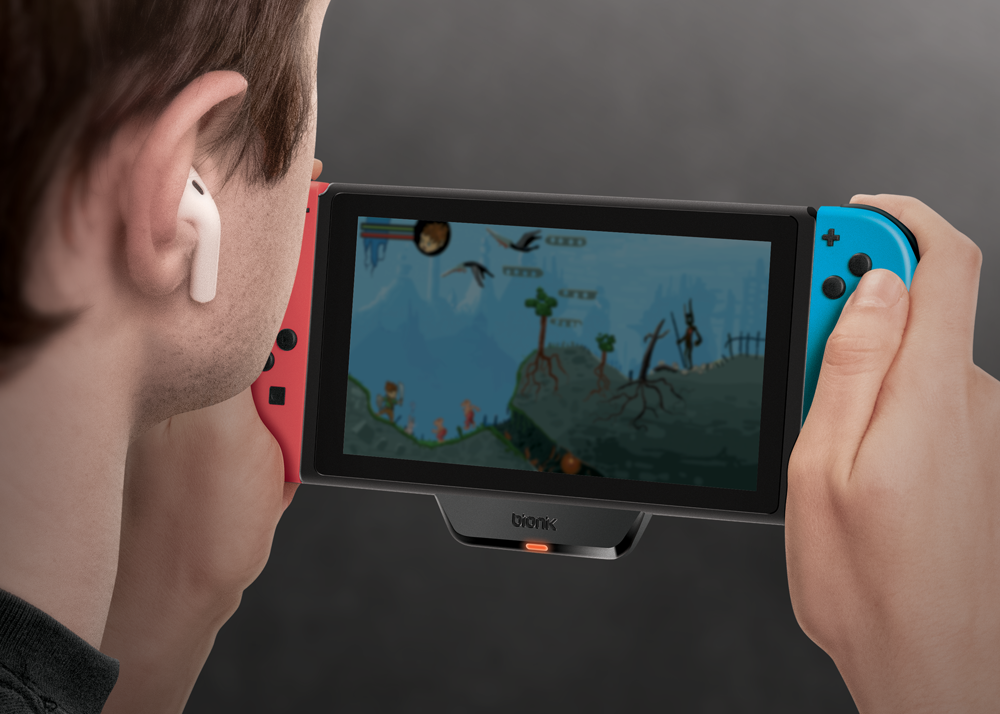Why you can trust Tom's Guide
Bionik is a company that produces "innovative accessories" for the PS4, Xbox One and Nintendo Switch. Having tested two of Bionik's newest Switch gadgets, I can vouch that they are indeed innovative. However, that alone doesn't necessarily make them worth purchasing.
The BT Audio Sync ($40) allows you to use Bluetooth headphones with the Switch, while the Power Commuter ($70) is a heavy-duty case that comes with its own portable charger. And while both of those ideas sound very useful on paper, the execution leaves a lot to be desired.
Bionik BT Audio Sync

Of the two Switch accessories, I think the BT Audio Sync has more widespread appeal. One major problem with the Switch is that you can't connect Bluetooth headphones to it, either in handheld or docked modes. The last thing you want to do while traveling is grapple with cumbersome wires, so the BT Audio Sync has the potential to fix a real pain point.
But based on my tests, most of that potential is unrealized. The BT Audio Sync looks unassuming enough: a small black dongle that connects to the USB-C port on the bottom of the switch. There's a USB-C pass-through, so that you can charge the device while using the BT Audio Sync. That's smart. There's also a large orange button that you can press to sync with Bluetooth devices. That's smart, too.

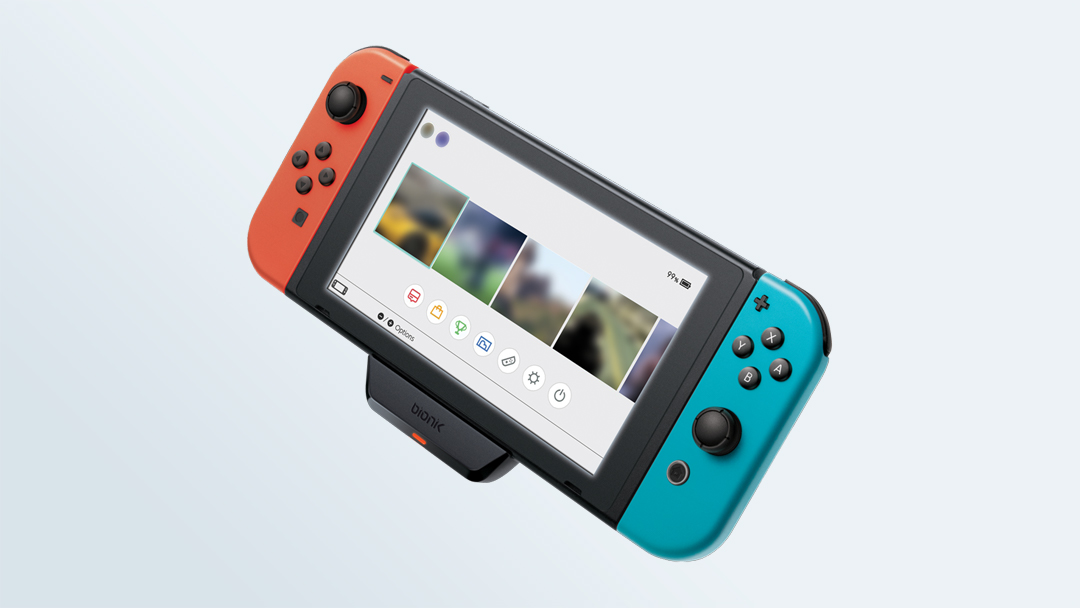
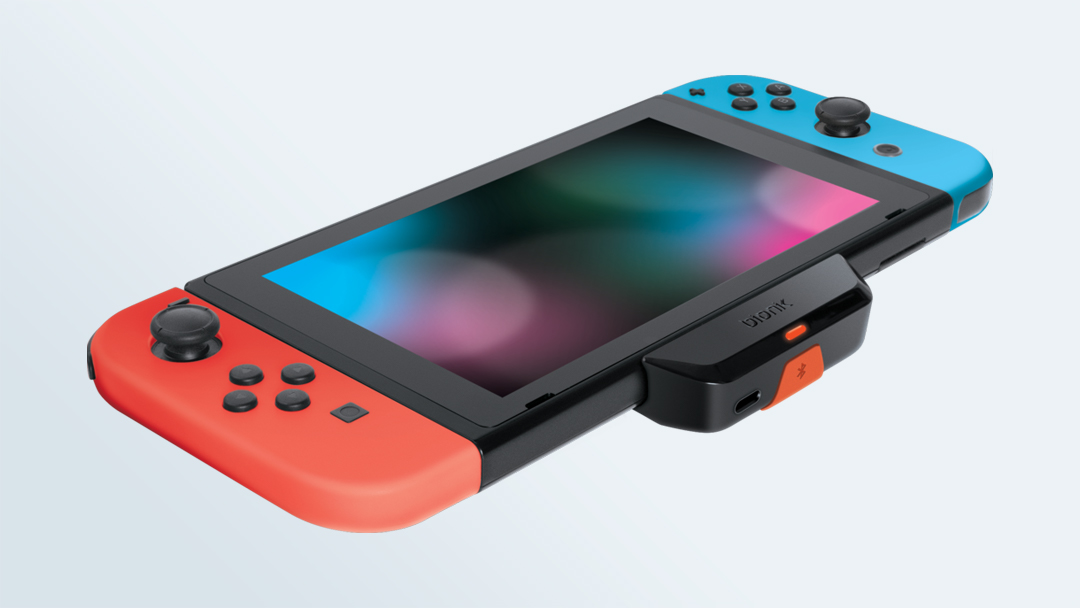
What's less smart is that the BT Audio Sync doesn't connect perfectly, and will always jiggle a little back and forth. Furthermore, the sync button is incredibly easy to hit by accident, meaning that you could find yourself resetting the audio connection in the middle of a game. (I did this at least once.)
The biggest problem with the BT Audio Sync, however, is that it's simply a pain to use. Pairing anything took a few attempts, and there was no real rhyme or reason to which devices worked and which didn't. Pairing true wireless earbuds was especially difficult, as the BT Audio Sync could never decide whether it wanted to pair with one or both. I spent a few sessions with audio coming through only one earbud (tested with the 1More Stylish True Wireless model), and the only way to fix the problem was to "forget" the connection entirely and start from scratch.
MORE: Nintendo Switch Lite vs. Nintendo Switch: What Should You Buy?
Get instant access to breaking news, the hottest reviews, great deals and helpful tips.
What really kills the experience, though, is that the device loses connection the instant you put the Switch to sleep. Think about how often you turn the Switch's screen on and off during an average handheld play session. Now, imagine that it takes up to a minute for your audio to reconnect each time you do so. Existing connections also take a long time to establish themselves when you first boot up the Switch.
You can also connect the BT Audio Sync to the Switch's dock with a slightly cumbersome USB cord. But at that point, you might as well just use a good pair of 2.4 GHz wireless headphones.
The most damning thing I can say about the device is that I found it much, much easier to simply use a pair of wired headphones. The BT Audio Sync does technically solve one of the Switch's most annoying shortcomings, but the cure is not much better than the disease.
Bionik Power Commuter
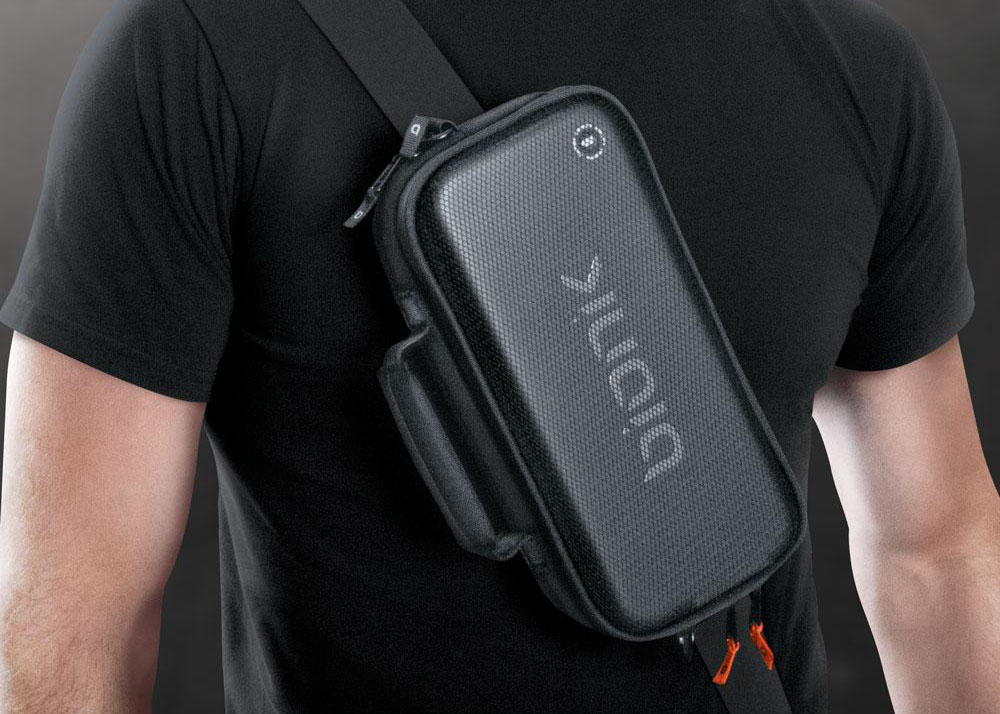
There's no shortage of Switch cases; Amazon alone carries dozens of them. But I knew I wanted to try the Bionik Power Commuter when an early press release claimed that it came with a "10,000 mAh battery for charging on-the-go." I admit this might have been my own misinterpretation, but I assumed this meant that the case could charge the Switch between play sessions, as users transport the console from place to place.
The reality is far less exciting. The Power Commuter does indeed come with a gigantic power brick, almost the same size, shape and weight as the Switch itself. However, there's absolutely no way to charge the Switch "on-the-go." The battery and the Switch live in different compartments of the Power Commuter, and there are no holes connecting the two.
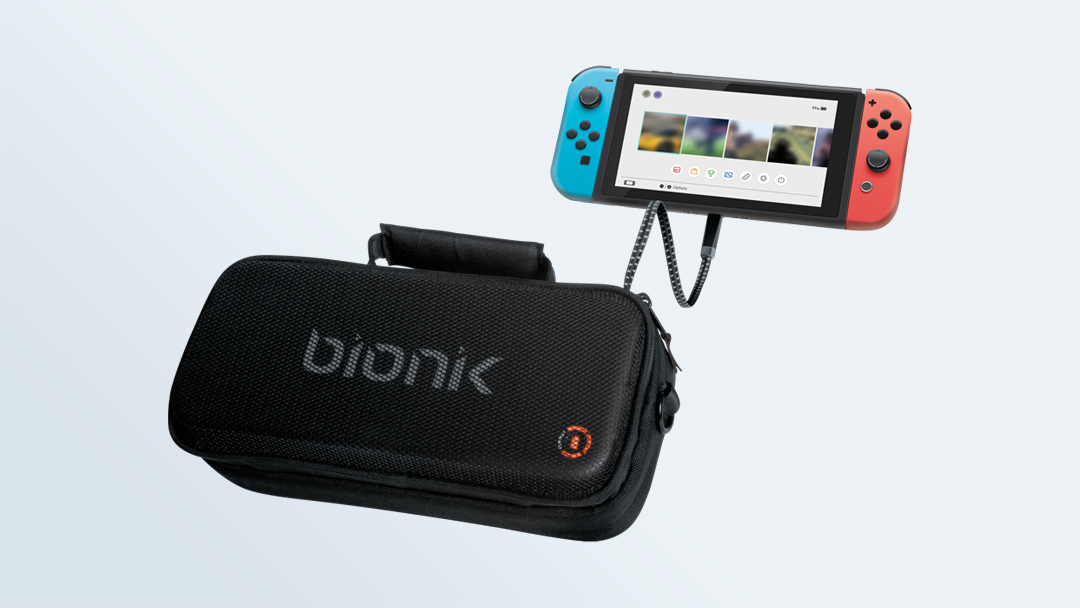
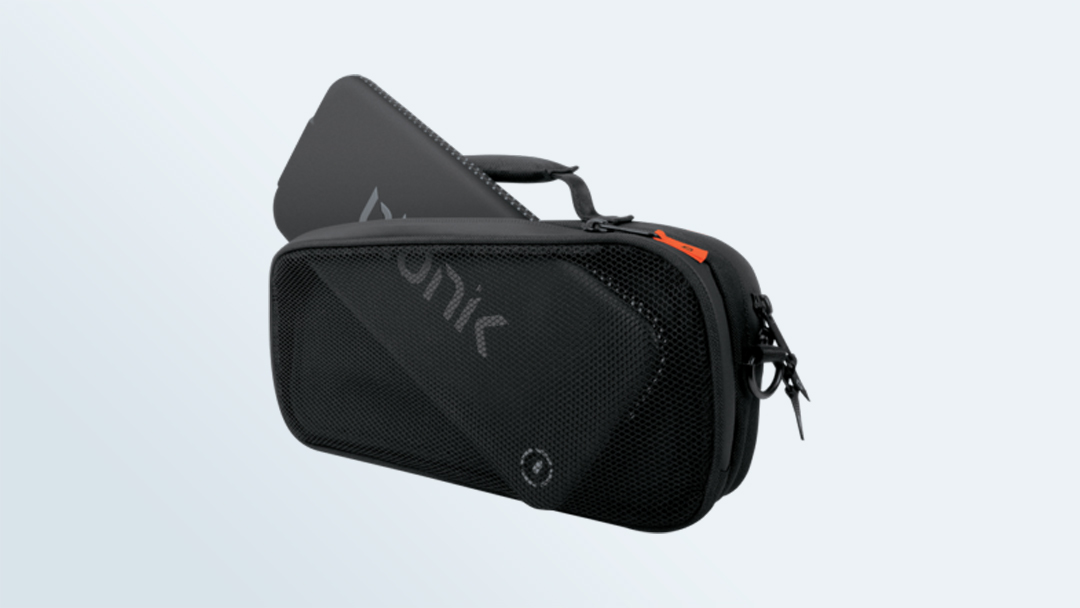


To the Power Commuter's credit, I have no complaints about the battery. You can use the built-in USB-C cable to either charge the battery, or power other devices. Furthermore, you can also charge micro-USB gadgets, as long as you bring your own cable. The Bionik battery charged fully within about 4 hours, and took a Switch from zero to 100% in about the same amount of time.
However, the rest of the case leaves something to be desired. It features a lot of compartments, and is pretty large as a result. There's a place for the battery, enough space for 18 cartridges, straps to contain extra Joy-Cons, a little pouch for other accessories (like the BT Audio Sync, presumably) and a big, separate, padded compartment to house the Switch itself. You can attach a strap to the case and carry it around like the world's silliest purse, or you can zip it to a backpack strap or luggage handle.
MORE: Best Nintendo Switch Accessories 2019
The Power Commuter is comprehensive, but it's a little too much for most Switch owners, both in terms of features and price. Considering that you can get a perfectly good Switch case for $20 and a perfectly good external battery for about the same price, the Power Commuter seems worthwhile only if you need to take a very complex Switch setup with you wherever you go.
Bottom Line
Both of Bionik's latest Switch accessories seek to address legitimate Switch drawbacks, and I commend the company for it. The Switch should have Bluetooth audio; it should have a longer battery life. But Bionik's devices suffer from shortcomings of their own, and ask for a lot of money in return. Consider these gadgets if you can find them on sale; they're a tough sell at present.

Marshall Honorof was a senior editor for Tom's Guide, overseeing the site's coverage of gaming hardware and software. He comes from a science writing background, having studied paleomammalogy, biological anthropology, and the history of science and technology. After hours, you can find him practicing taekwondo or doing deep dives on classic sci-fi.
